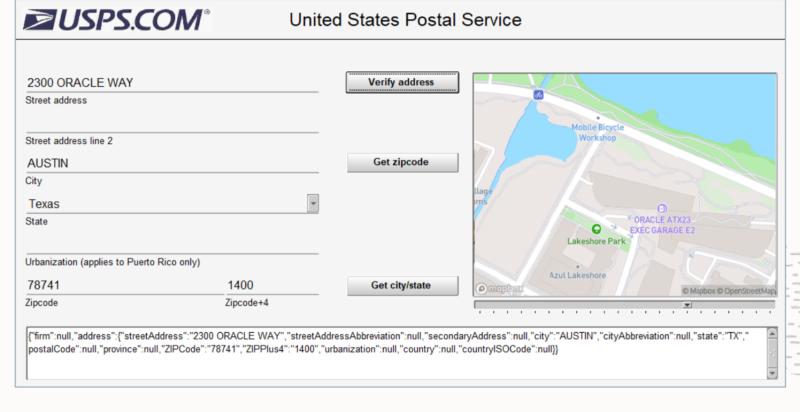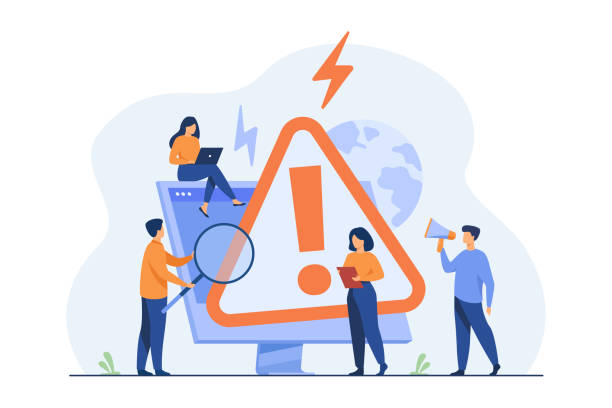Oracle Forms Upgrade to version 14c – it is worth it?
Oracle Forms Upgrade to version 14c – it is worth it?
Modern development practices often involve newer frameworks and technologies, but Oracle Forms continues to be used in many legacy systems due to its deep integration with Oracle databases. Many of us have heard about the anticipated release of Oracle Forms version 14, which was initially scheduled for mid-2022.
Titleimage
Posted by Patrick Hamou on 2024:07:19 12:02:09
Oracle Forms Upgrade to version 14c – it is worth it?
Oracle Forms has been a cornerstone in enterprise application development for decades, providing a reliable platform for building data centric applications. While Oracle Forms remains a powerful tool for enterprise applications, its role has evolved with the rise of web and cloud technologies. Modern development practices often involve newer frameworks and technologies, but Oracle Forms continues to be used in many legacy systems due to its deep integration with Oracle databases. Many of us have heard about the anticipated release of Oracle Forms version 14, which was initially scheduled for mid-2022. It's important to remember that this version was previously expected to be released in 2022 and 2023, as noted by Michael Ferrante, the product manager of Oracle Forms. However, we are now past mid-2024, and it has not been released yet, with no guarantee it will be available within this year. Despite this, we believe it will likely be released before the end of the year, probably at DOAG’s 2024 conference in November. This uncertainty, along with the ongoing issues surrounding Oracle Forms, highlights the importance of critically evaluating the latest features and enhancements in version 14.
What new features to expect in Oracle Forms 14c?
With the probable imminent release of Oracle Forms 14, we can expect performance improvements and new features, including:
REST based blocks
Creating Data Blocks from REST Services: This feature allows developers to base data blocks on RESTful web services, enhancing the flexibility and integration capabilities of Oracle Forms. This functionality has been a long-standing request from users since 2010, and it is commendable that Oracle is addressing the needs of its community. However, it is important to note that many have transitioned to more contemporary frameworks such as jQuery, React, or Angular over the past 15 years to fulfill similar requirements. Modern web frameworks have been proficient in connecting to and consuming REST APIs for several years. The introduction of this feature, while valuable, underscores Oracle's delayed response to industry trends.
New User Interface (UI) Design and Components
The introduction of new UI components aims to enhance the appearance and functionality of applications, ultimately providing a superior user experience. Initially, we were enthusiastic about the potential to create forms with a contemporary look. However, our excitement was tempered upon reviewing a screen capture shared by Michael Ferrante on X on June 17, 2024:

While we acknowledge that the new design represents an improvement over previous versions of Oracle Forms, it still retains a Windows Vista style from 2007, falling short of today's design standards such as Google's Material Design. Additionally, one of the advantages highlighted by Michael Ferrante was the inclusion of new components like a scrolling map. Unfortunately, Oracle missed a significant opportunity to offer a truly modern solution by not allowing users to fully customize these components. In contrast, modern tools like our Oracle Forms Migration tool ORMIT-OpenJava have provided extensive customization capabilities for years. We are eager to see what new design options Oracle will introduce in Forms 14 upon its release.
Increased System Agility via Integration with Oracle Products and Technologies
Enhanced integration with other Oracle products and technologies to increase system agility and streamline workflows. This is a must, it is also what we expect from Oracle products. Oracle Database 23ai has many new features accessible from Oracle Forms. This should hopefully allow JSON native objects, vector AI search and many new features to be available in Oracle Forms. JSON objects usage in Oracle Forms is probably the most important feature here if you wish to use REST APIs. This has been natively supported by every major browser and framework such as jQuery, React or Angular in the past 10-15 years. Some new features such as Vector AI search in DB are also of high interest. We can only speculate on how Oracle will implement this in Oracle Forms but if done right it can be useful.
Support for New Java Versions and Operating Systems
Compatibility with the latest Java versions and operating systems ensures that applications can run on modern and secure environments. Oracle Forms 14 will support new Java versions and new OS versions. As Oracle owns Java (and Oracle Enterprise Linux), it does makes sense that their product supports the latest Java/OS versions available.
New Options for Running Forms on Oracle Cloud Infrastructure (OCI)
Oracle offers a Bring-Your-Own-License (BYOL) option that allows an organization to use their existing licenses on OCI. That should help the few organizations that have not yet migrated to the cloud migrate at a lower cost. Oracle also introduces a Pay-Per-Use option in the hope of boosting its cloud market segment (currently at 8.6% cloud market share). Pay-Per-Use Provides a flexible payment model based on actual usage, making it more cost-effective for some organizations.
Oracle Forms Version 14 unaddressed issues
While these features and enhancements introduce some modern capabilities to Oracle Forms, they do not address the fundamental issues that many customers face, leading them to migrate away from Oracle Forms:

Technological Limitations
Oracle Forms remains a closed-source technology that lags behind modern, open-source frameworks like Angular and React. Its architecture including its dependency on specific Java versions for each client machine complicates maintainability and future-proofing as well.
Talent Shortage
Similar to other legacy technologies, Oracle Forms suffers from a severe lack of new talent entering the market. This shortage makes it increasingly challenging for organizations to find skilled developers, impacting long-term sustainability.
Licensing Complexity
Oracle's licensing structure is notoriously complex and expensive. Frequent licensing audits and high costs are significant pain points for customers, making Oracle Forms a less attractive option compared to open-source alternatives.
Deprecation of Tools
Oracle has recently deprecated several related tools, such as Oracle Reports, Oracle Graphics, and Oracle Translation Hub. This trend indicates a lack of long-term investment in Oracle Forms, causing concern among its user base about the platform's future viability.
Is it worth it?
Oracle Forms version 14 introduces several useful features and enhancements, but does it resolve the core issues that have led many customers to migrate away from the platform? The technology remains outdated, the talent pool is shrinking, and Oracle's complex licensing and deprecation of related tools further complicate the decision to continue using Oracle Forms.
For many organizations, migrating to more modern, open-source solutions like Angular and React remains the more future-proof and sustainable option. However, it makes obvious sense for customers running on Oracle Forms 12.2 to upgrade to the latest version. RENAPS can assist with this process using the ORMIT-Forms Upgrade tool. Still, for most customers, it remains extremely important to consider migrating to Java/Angular or Java/React to future-proof their systems and ensure long-term supportability. Read this article for more information on possible migration paths from Oracle Forms.
For more detailed information on upcoming Forms 14 new features, follow direct updates from the Oracle Forms Product Manager on X (Twitter).
Posted by Patrick Hamou on 2024:07:19 12:02:09


